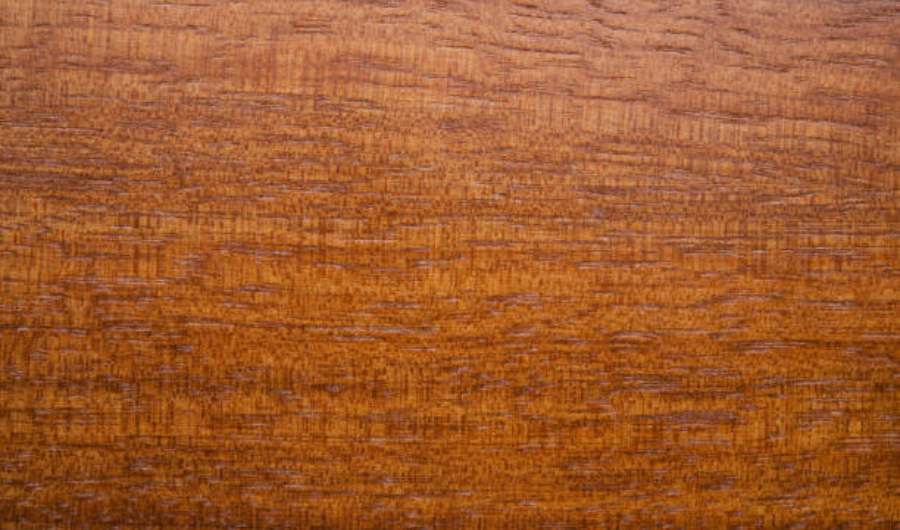Developers are continuously looking for new and creative ways to immerse players in appealing virtual environments in the vast and ever-evolving world of gaming. A frequently overlooked but vital component in this endeavor is the smooth incorporation of textures. Among these, adding seamless wood textures to gaming landscapes has shown to be a game-changer, giving them a new level of realism and beauty. We’ll look at how seamless wood textures can improve the overall gaming experience and change gaming environments in this blog post.
Creating Realistic Environments
Seamless wood textures have the remarkable ability to bring virtual worlds to life by accurately capturing the intricate details and patterns found in real wood. From the rugged texture of pine to the fine grains of oak, these textures add a heightened sense of realism to in-game landscapes, making them feel tangible and alive. Imagine wandering through a dense forest in a role-playing game, where every tree trunk and wooden structure exudes an authentic, lifelike quality. The meticulous design of these textures creates an unparalleled level of immersion, allowing players to feel as though they’ve stepped into an entirely different universe—one where the digital world mirrors the natural beauty of wood with stunning precision.
Enhancing Visual Appeal
A game’s visual appeal is crucial to its overall success, and smooth wood textures greatly enhance this feature. Different wood species have complex patterns and inherent color variations that can elevate ordinary surfaces to visually arresting elements. These textures give the overall aesthetic more depth and richness, enhancing the visual appeal of everything from the rustic walls of a medieval village to the wooden floorboards of an old castle. This makes the gaming environment more visually appealing and unforgettable.
Immersive Storytelling through Environmental Details
Many games use the environment as a character that uses its details to tell a story. Developers of video games can incorporate nuanced storylines into the gaming environment by using seamless wood textures. A smooth, worn door might allude to time passing, and a polished wooden table in a virtual tavern might allude to a significant location in the game’s lore. Casual players may not notice these details, but for those who value the subtleties of game design, they add layers of narrative and depth that make the experience more immersive.
Optimizing Performance with Seamless Integration
In addition to adding to the aesthetic appeal, seamless wood textures also help to maximize gaming performance. By definition, seamless textures repeat and tile seamlessly with no discernible borders. This feature eases the load on the system’s resources, resulting in more fluid gameplay and effective rendering. Consequently, games that use seamless wood textures perform better as well as look better, improving the overall gaming experience.
Community Engagement and Modding
Gamers are renowned in the industry for their ingenuity and love of personalization. Through modding, seamless wood textures create new opportunities for player interaction. By enabling users to make and share their own textures, game developers can encourage community building and provide a dynamic, always-changing gaming experience. Players can customize their gaming environments to fit their tastes thanks to the flexibility to alter textures, including seamless wood patterns.
Conclusion
Seamless wood textures have transformed the creation and experience of virtual environments, making them an essential tool for game developers. Seamless wood textures have a huge impact on gaming environments, from improving realism and aesthetic appeal to maximizing performance and encouraging community involvement. Further developments in texture design that push the limits of what’s feasible in the virtual reality space are only to be expected as technology develops. Thus, the next time you’re lost in a virtual forest or meandering through a virtual castle’s hallways, stop and admire the smooth wood textures that add such an unforgettable touch to these experiences.

